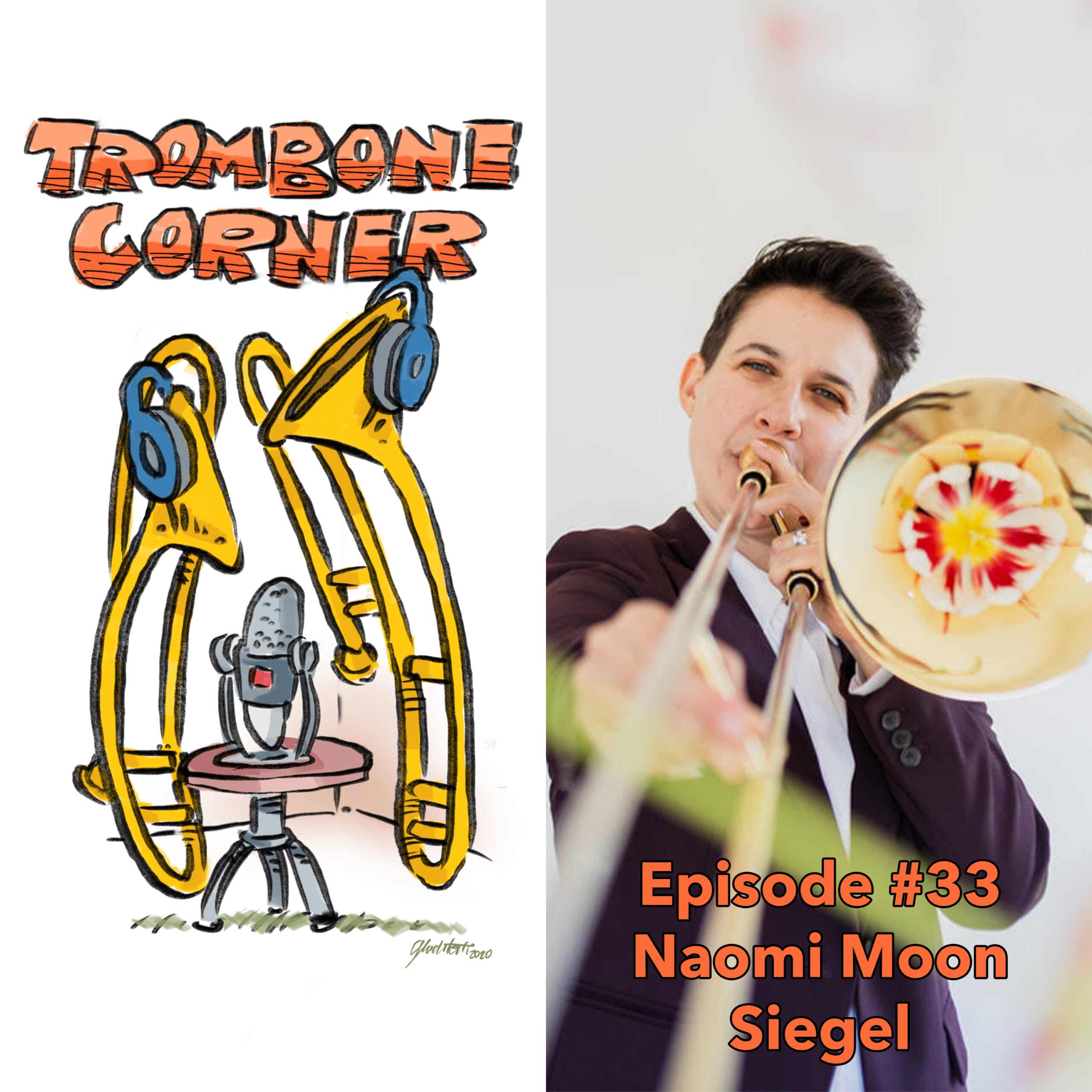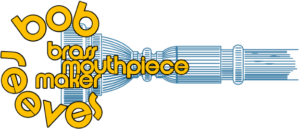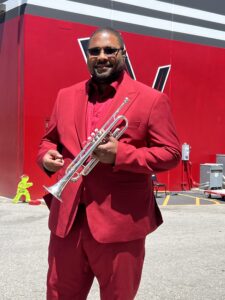 Aaron Smith is an active freelance trumpet player in Los Angeles, CA. He also writes, arranges, and publishes music through his small business, TrumpetSmith Publishing (ASCAP). In addition, he serves on the Hearing Board for the American Federation of Musicians (AFM) Local 47 and on the Board of Directors for the Recording Musicians Association Los Angeles (RMALA).
Aaron Smith is an active freelance trumpet player in Los Angeles, CA. He also writes, arranges, and publishes music through his small business, TrumpetSmith Publishing (ASCAP). In addition, he serves on the Hearing Board for the American Federation of Musicians (AFM) Local 47 and on the Board of Directors for the Recording Musicians Association Los Angeles (RMALA).
Raised in an Army household with musician parents who played jazz and r&b, and later to receive classical conservatory training, Smith thrives on versatility, consistency, and accurate delivery of musical intent. As a trusted freelance musician in Los Angeles, he performs regularly for live orchestral events, musical theatre, films, independent recording projects, streaming, television, and video games.
He has recorded on film/tv projects for celebrated composers including Alan Menken, Bear McCreary, Branford Marsalis, Germaine Franco, Heitor Pereira, Kris Bowers, Rob Simonsen, and Terence Blanchard; on sound recordings for Adrian Younge, Austin Wintory, Charles Gaines, Dr. Dre, Joachim Horsley, John Daversa, and X Ambassadors. He has performed as a sideman in bands on the Academy Awards, Dancing with the Stars, Disney’s Encore!, Ellen, the LATE LATE Show, and The Voice. He’s also appeared as a sideman onscreen for films including Babylon and Joker: Folie à Deux; and tv commercials for Capital One and Microsoft. He’s backed major artists including Beyoncé, Billie Eilish, Common, Danny Elfman, Jennifer Holliday, Josh Groban, Kelly Clarkson, Labrinth, Lady Gaga, Sigur Rós, Steve Lacy, and more. He has also performed for contemporary/new music ensembles and series including Alarm Will Sound, the Industry’s Hopscotch Opera, Jacaranda, Southwest Chamber Music, wasteLAnd, WildUp, Green Umbrella, Monday Evening concert series, and Noon to Midnight Festival. In the L.A. theater world, Smith performs regularly at the Hollywood Pantages, Dolby, La Mirada Theaters and Pasadena Playhouse. Some notable shows from these theaters with Smith on solo trumpet include Back to the Future, Beetlejuice, Color Purple, Jelly’s Last Jam, Les Misérables, Moulin Rouge, Wicked, and the Wiz.
As a composer, Smith strives to curate a top-tier experience for brass players especially. The primary focus is exploring boundaries while expressing a story; both through adapted arrangements structurally sound to the composer’s intent and through his own original compositions. His work has been performed internationally. He has also created original chamber music commissioned by Marissa Benedict for University of Minnesota, Jim Self for University of Southern California, also by the Interlochen Center for the Arts, and Stomvi-USA. 
Smith’s training as a music performance major includes a Master of Fine Arts degree from California Institute of the Arts where he studied with Edward Carroll and John Fumo; and a Bachelor of Music degree from the Eastman School of Music with professor James Thompson. He is also a graduate of the Interlochen Arts Academy with Stanley Friedman.
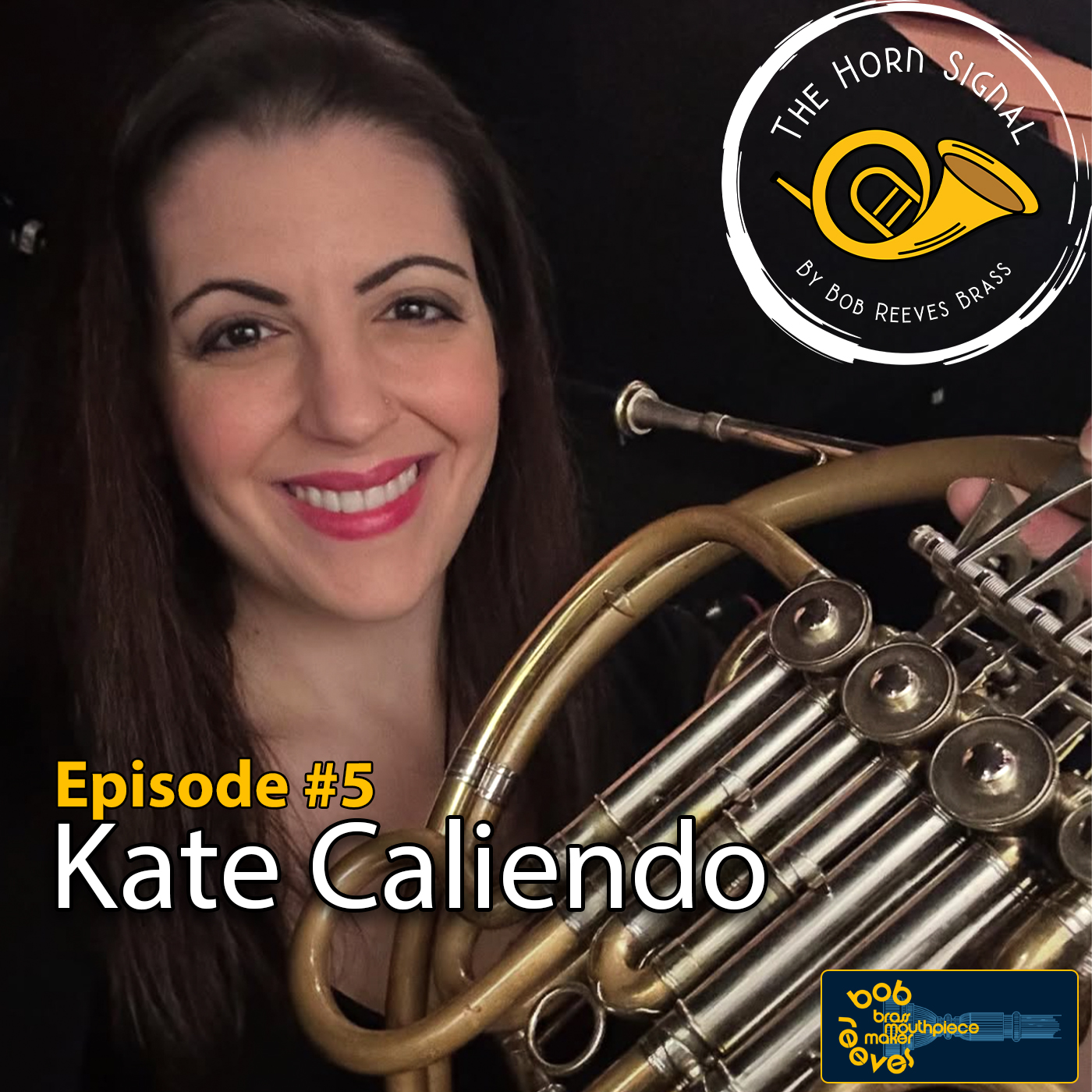
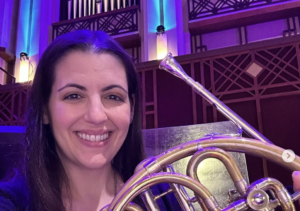
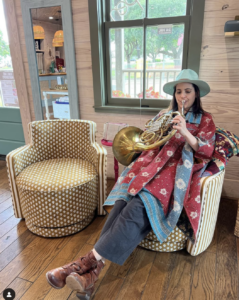
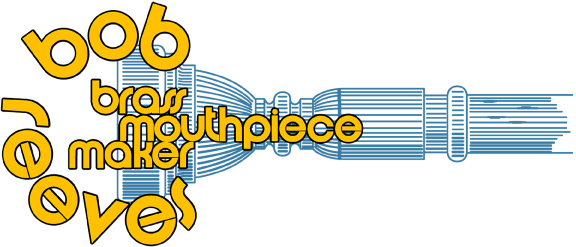


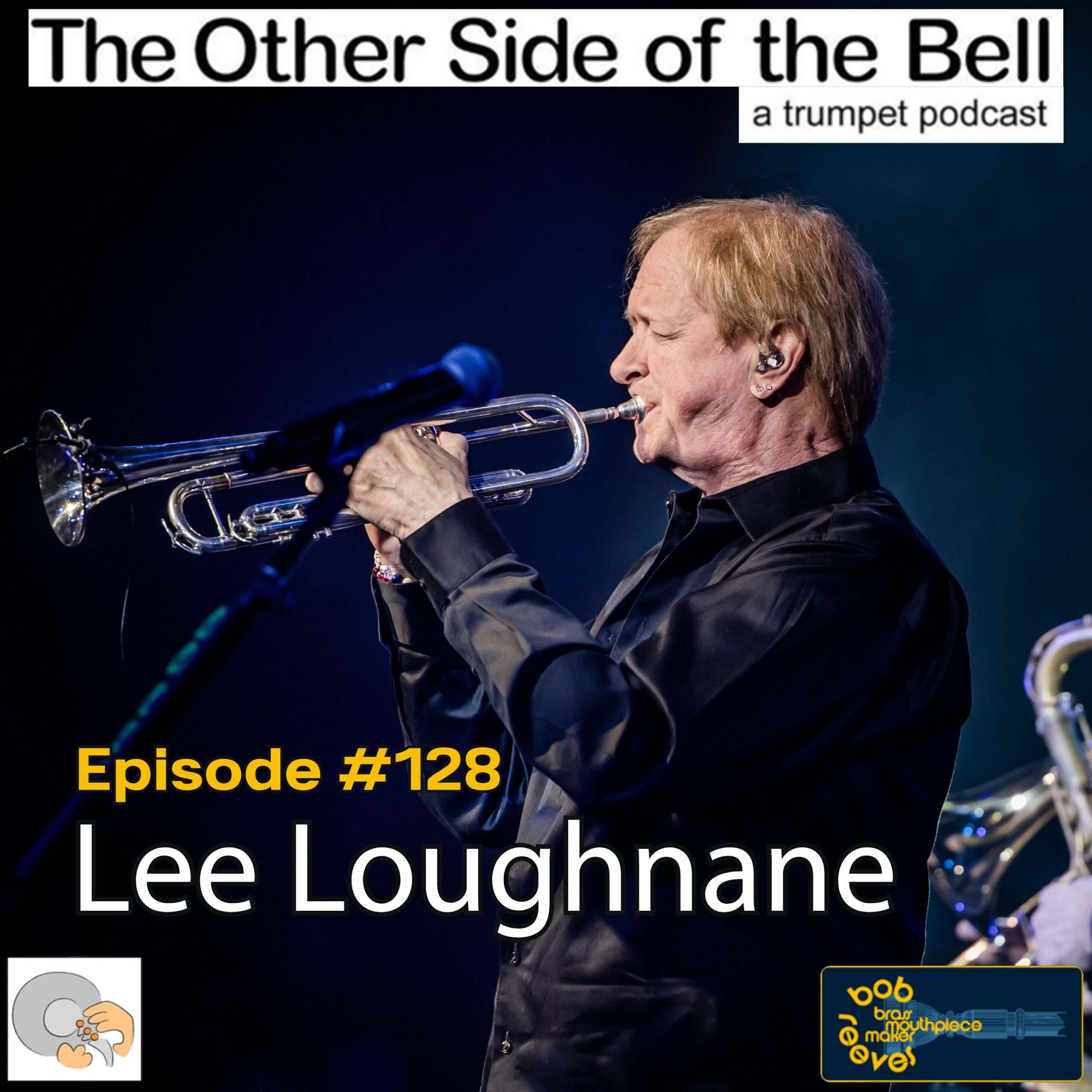
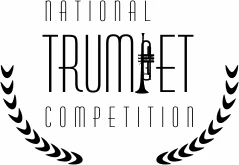 Join us in Forth Worth, Texas for a weekend full of music, innovation, and everything trumpet!
Join us in Forth Worth, Texas for a weekend full of music, innovation, and everything trumpet! An impressive selection of over 300 trumpet mouthpieces, including the brand new #19 commercial backbore and the
An impressive selection of over 300 trumpet mouthpieces, including the brand new #19 commercial backbore and the 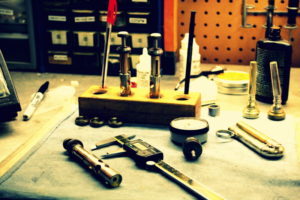 Are you looking to take your trumpet playing to the next level? Don’t miss this incredible opportunity to get a Bob Reeves Patented Valve Alignment right at the National Trumpet Competition. No need to ship your trumpet to our shop – simply drop it off at our booth and pick it up the next day! We’ll also have a limited number of same-day appointments available.
Are you looking to take your trumpet playing to the next level? Don’t miss this incredible opportunity to get a Bob Reeves Patented Valve Alignment right at the National Trumpet Competition. No need to ship your trumpet to our shop – simply drop it off at our booth and pick it up the next day! We’ll also have a limited number of same-day appointments available.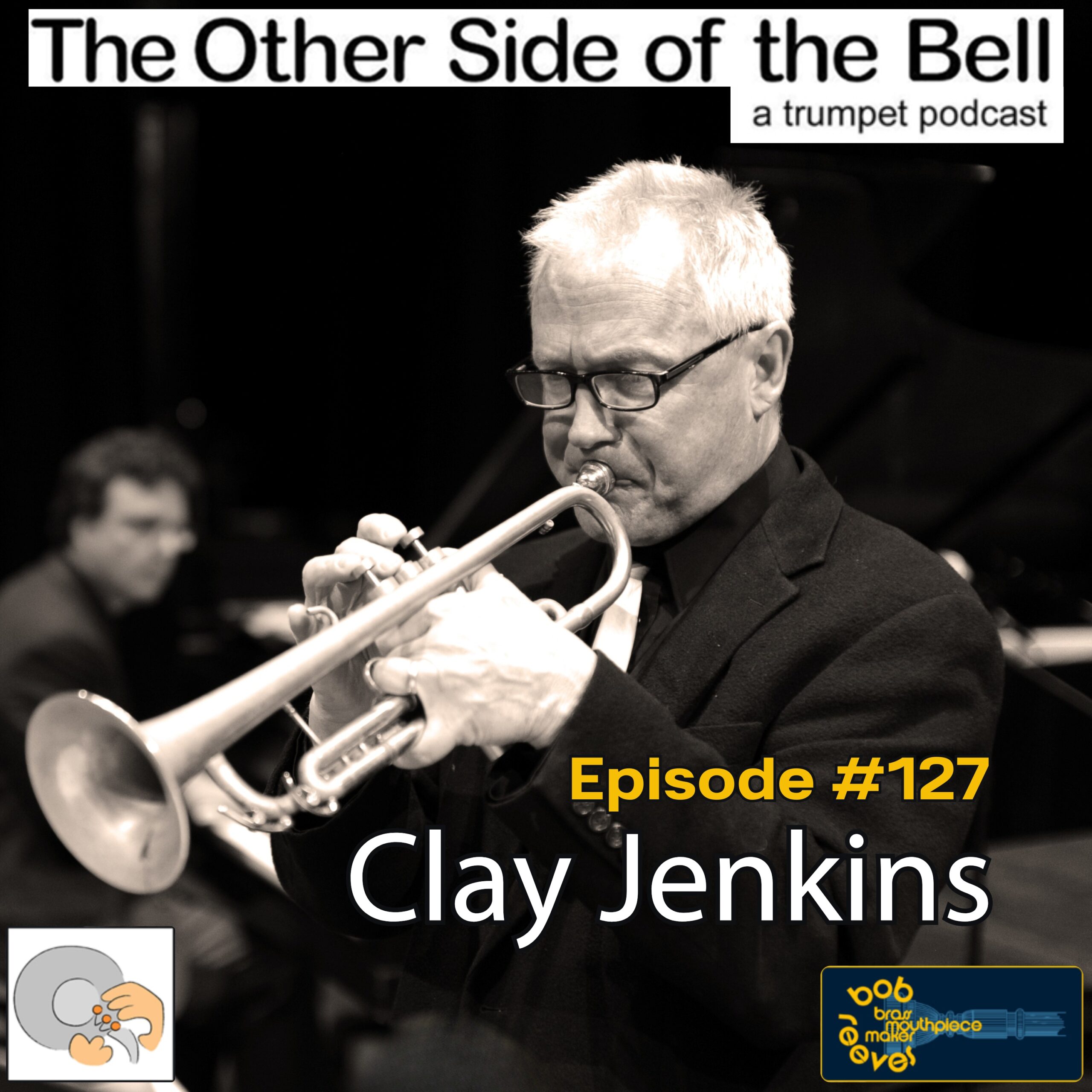
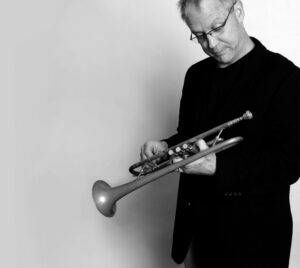 Clay Jenkins is a renowned jazz trumpeter and educator whose dynamic career spans decades of performance and teaching. He launched his performing journey with the Stan Kenton Orchestra before moving to Los Angeles, where he toured and recorded with the big bands of Buddy Rich and the Count Basie Orchestra.
Clay Jenkins is a renowned jazz trumpeter and educator whose dynamic career spans decades of performance and teaching. He launched his performing journey with the Stan Kenton Orchestra before moving to Los Angeles, where he toured and recorded with the big bands of Buddy Rich and the Count Basie Orchestra.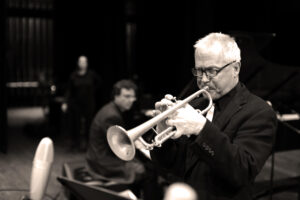
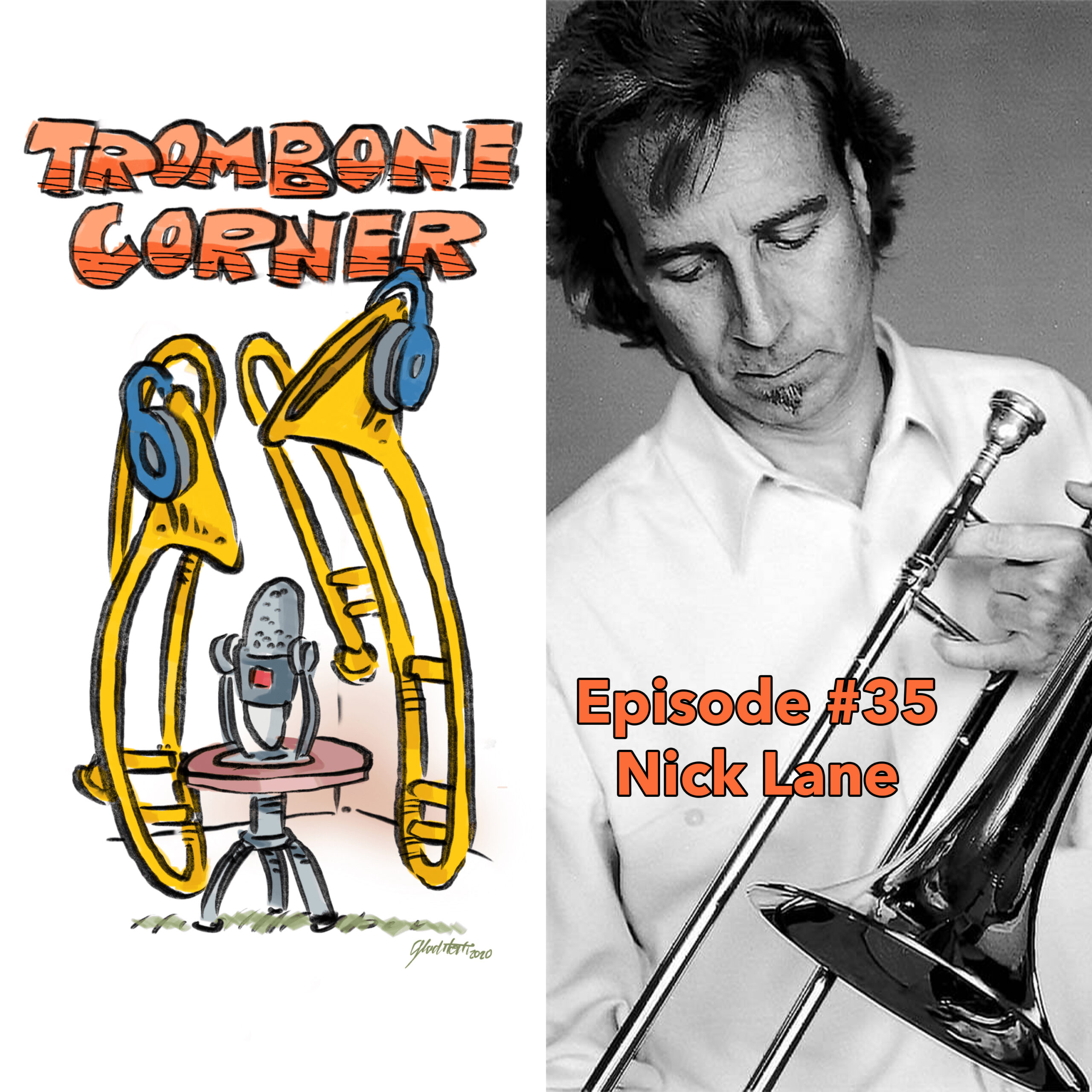

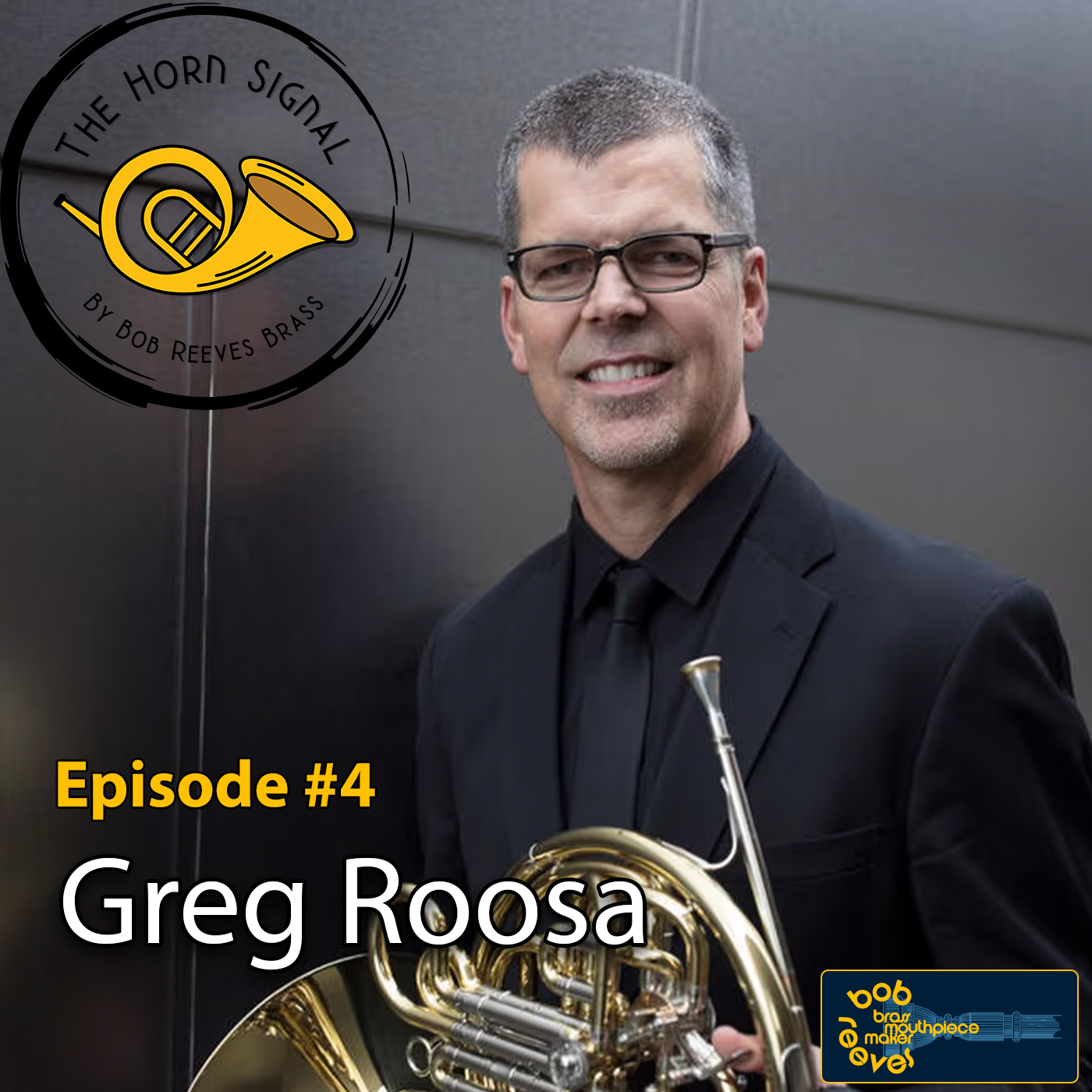
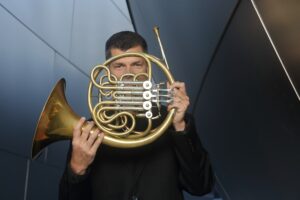




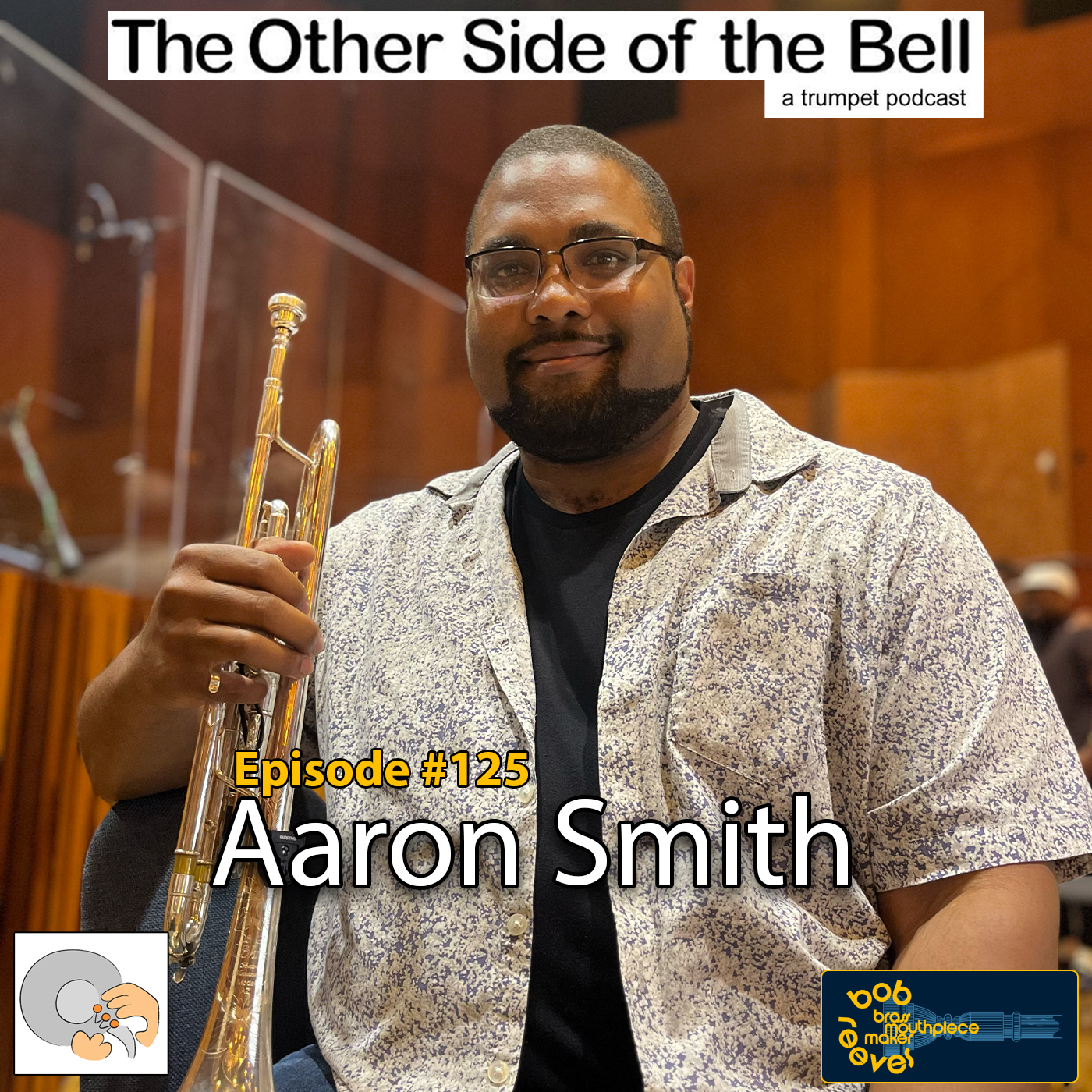


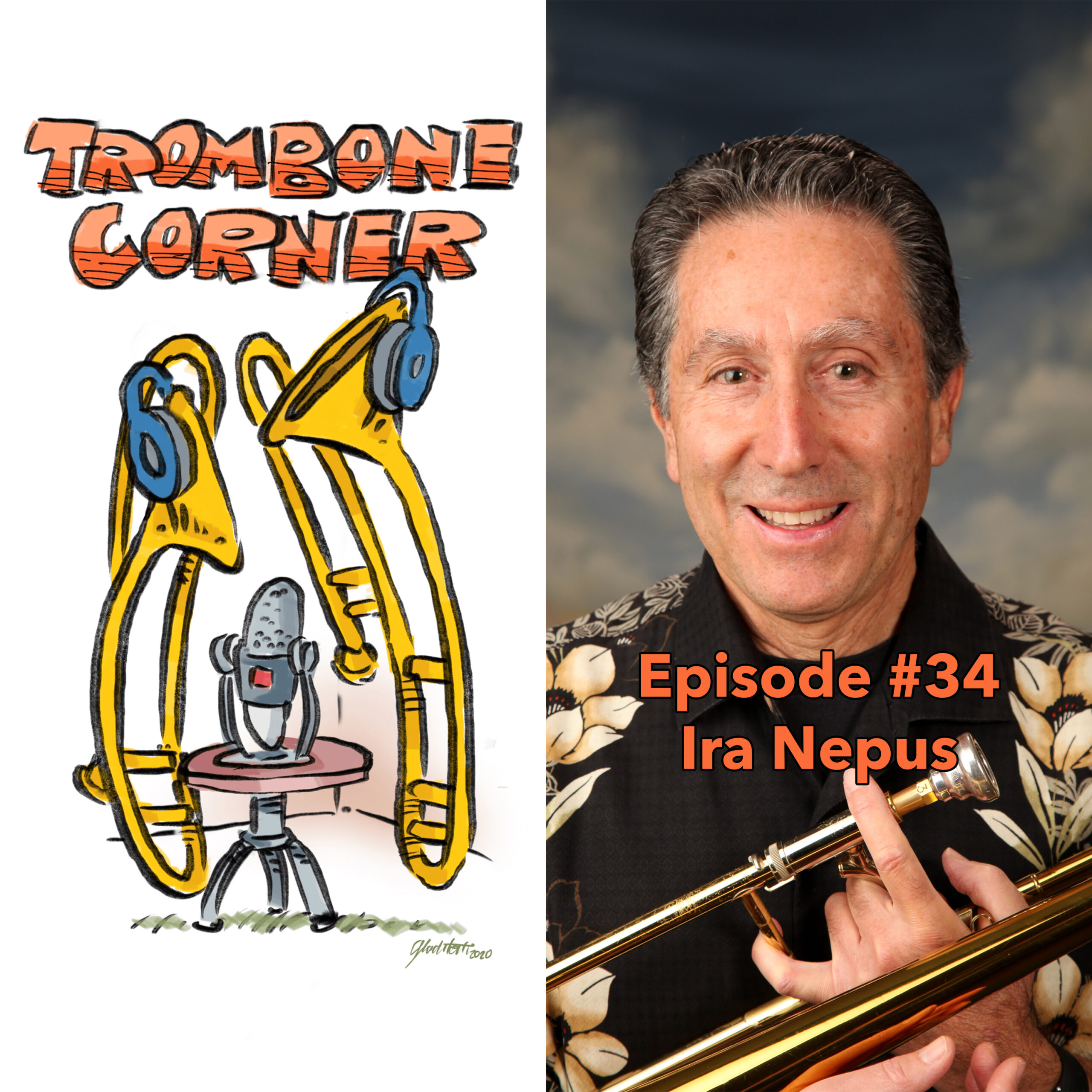
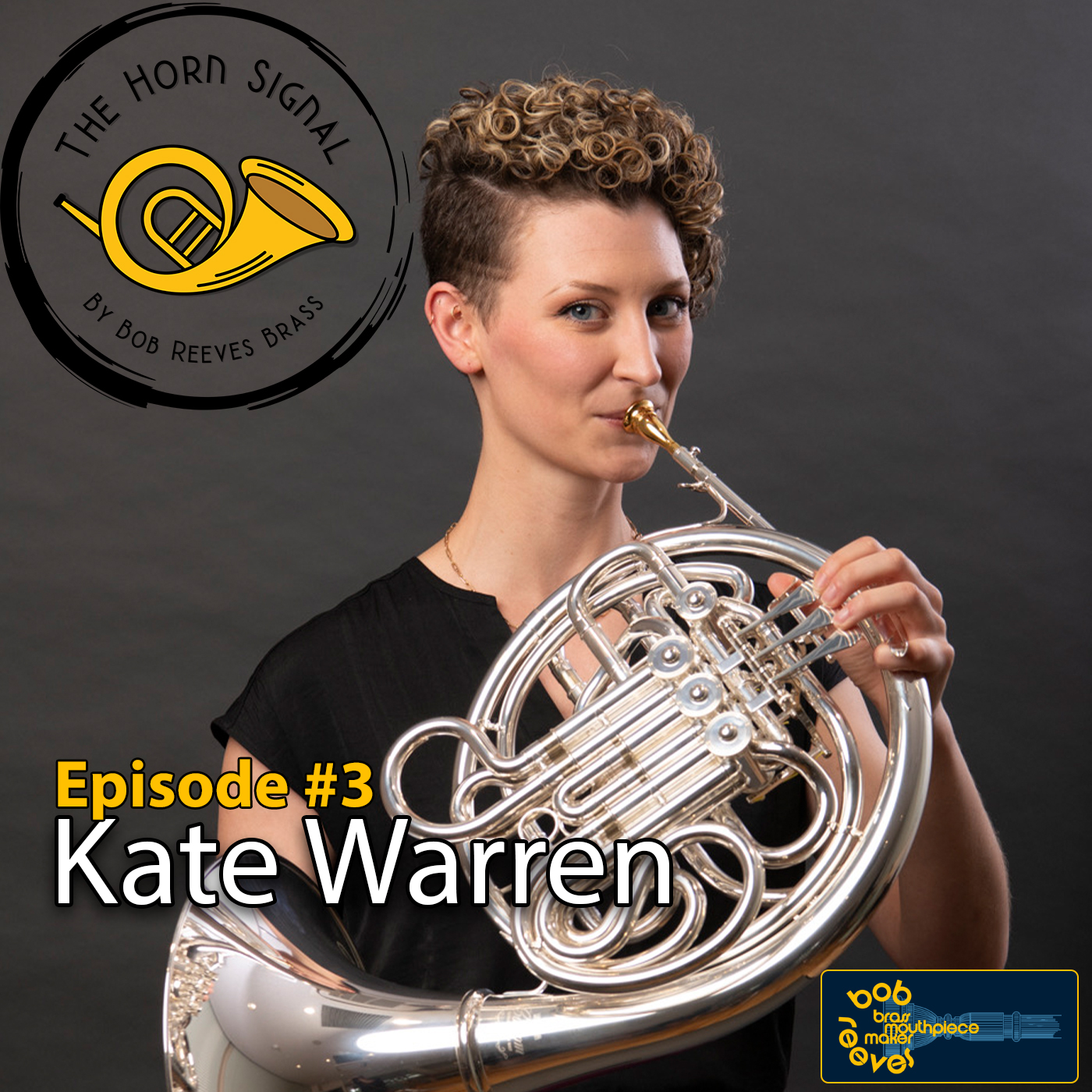
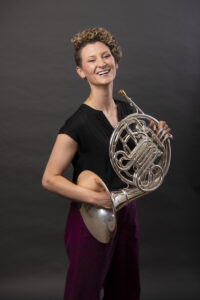 Kate Warren is an internationally acclaimed hornist and music educator. She currently serves as a College Lecturer in Music at Ocean County College and is also the featured French horn soloist for the Tony and Emmy award winning Broadway show
Kate Warren is an internationally acclaimed hornist and music educator. She currently serves as a College Lecturer in Music at Ocean County College and is also the featured French horn soloist for the Tony and Emmy award winning Broadway show 